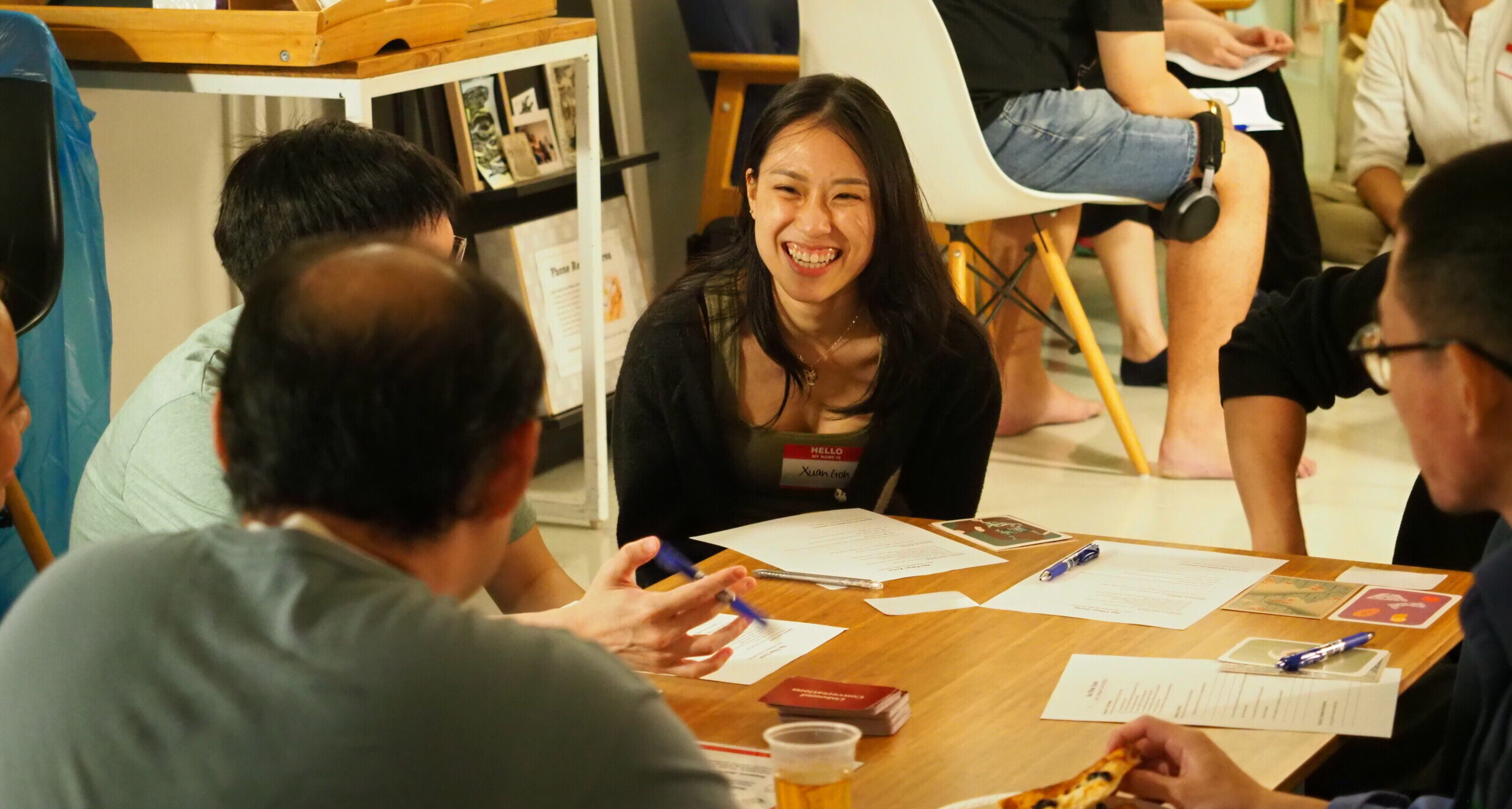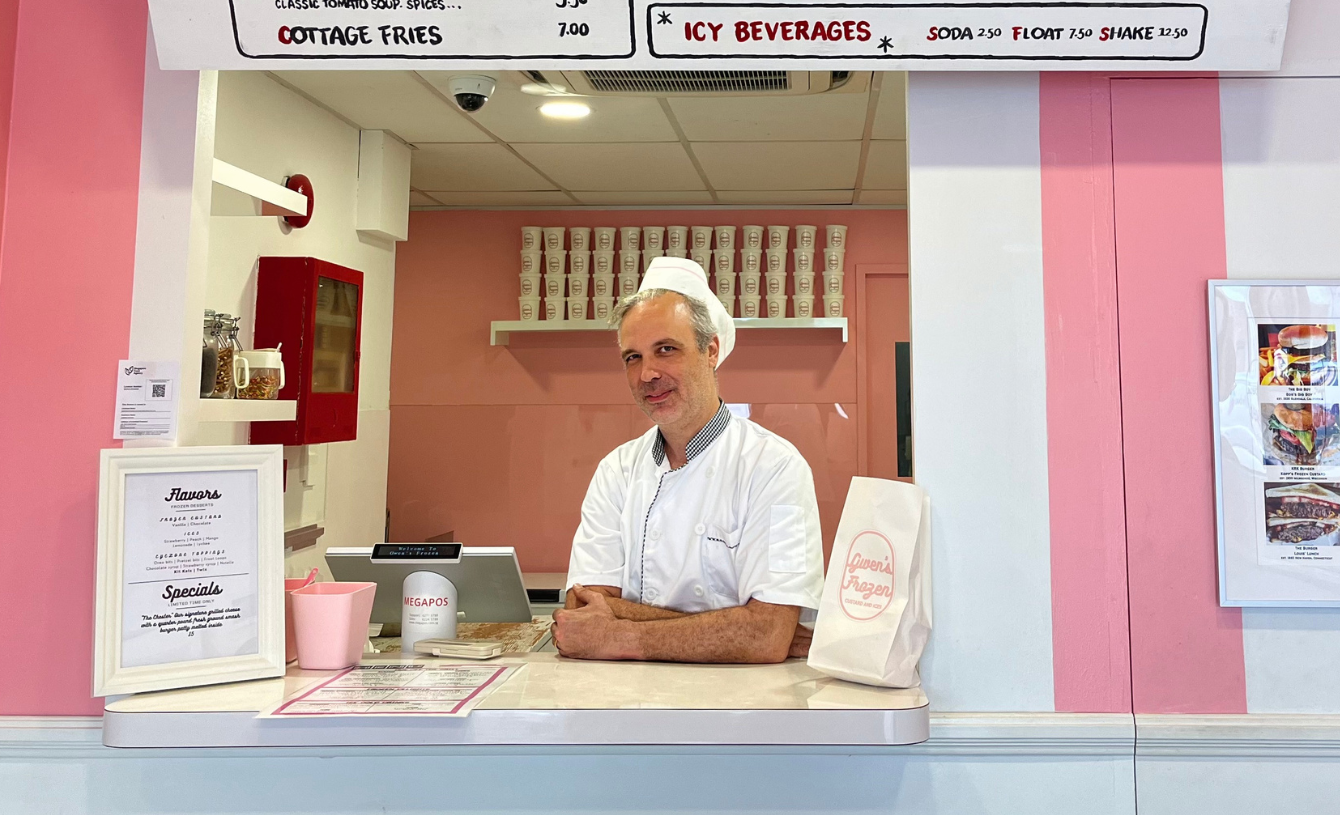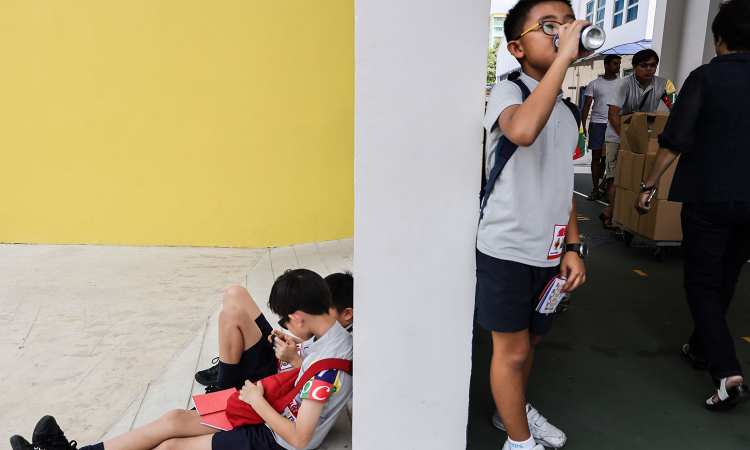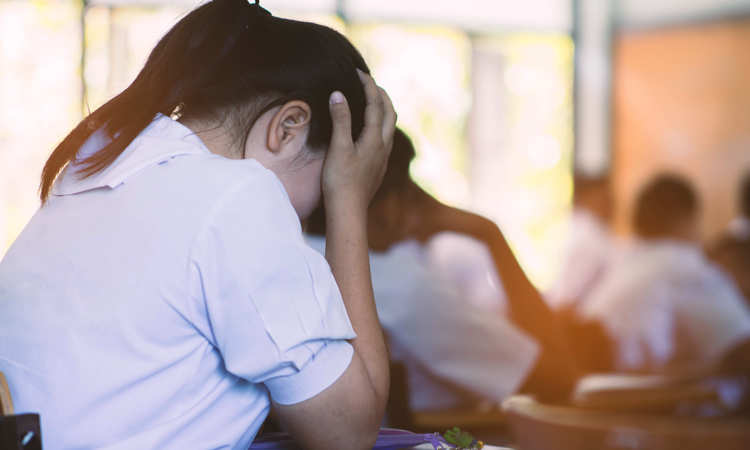It’s that time of the year again. That same nail-biting event that 12-year-olds and their parents have to go through.
It’s time for Primary 6 students to collect their Primary School Leaving Examination (PSLE) results.
This year’s results day differs slightly. Due to Covid restrictions, students collect results in their classrooms instead of a common area. Each pupil is allowed one parent or guardian who will wait at a designated area away from the classrooms.
That’s not the only change. This year will also be the last time students see a T-score numeral representing their results. From next year onwards, pupils will be graded with eight bands of Achievement Levels (ALs) ranging from AL 1 (best) to AL 8 (worst). Students’ new PSLE score will be the sum of all four subject grades ranging from 4 (best) to 32.
Emotional time
Naturally, students will have a gamut of different thoughts and emotions – from excitement to nervousness – running through their minds leading up to getting their results, and after!
Yet despite these differences, PSLE results day represents the same significance for every pupil receiving that heavy slip of paper.
It marks the start of another chapter in their lives, both academically and emotionally. Other than proceeding to the next level of their education, students are also advancing in other aspects of their journey through life.
The progression to secondary school marks the next stage of growth and development of our young people. They will be exposed to new experiences, new challenges and will learn new lessons that will last a lifetime.
Parents, involve your children in the decision
That is why the choice of secondary school is such an important one.
It will become a part of their lives, barring special circumstances, for four to five years – and beyond. More than just curriculum, it is character. A person’s school during his formative years is a life-changing environment. Because of this, students should get a say in which secondary school they choose.
I’m not saying that parents must give their children the final say in the matter, or that parents should surrender their responsibility of making the best decisions for their children. However, I believe that the decision-making process isn’t a one-way street.
PSLE: Parents, Students Learning Empathy

There are many reasons for this, but it is easiest to think of it this way.
For the next four to five years, going to school will be your child’s “job”.
They will have to get up every weekday morning (and occasionally on weekends!) and make their way to that school. Mornings and afternoons will be spent there, more if you include extra classes and co-curricular activities.
How would you feel if you had to spend up to five years of your life in a company you didn’t choose for yourself, working a job you didn’t want?
It would be drastically different if your child had a say in the matter. The company (school) may not be the best, or the work (subjects) may be harder than expected, but because of that buy-in, your employee (child) is more invested in the choice, or at least has much less to grouse about.
Critically, involving your children teaches them to make decisions in the future both big and small. Giving them a choice will prompt them to weigh the pros and cons of each school, teach them to look out for deal-breakers and how to narrow down the plethora of options available. All of these factors are vital in any decision-making process.
In a Facebook post by The Straits Times about an article regarding secondary-school selection, some parents spoke up in support of giving students freedom to decide.
User Leslie Tan commented: “We let our son choose his (secondary school)… He got in (and he was) happy. We can only guide him, but not make him who we want (him) to become..”
Another user Chanel Somwan commented: “Let the child pick their school. Parents can only advise them. If parents keep suppressing and giving the child pressure… one day (when) the child hits the rock, he/she is going to blame you.”
A colleague of mine also weighed in on the matter. He shared that he has already been visiting virtual open houses with his Primary 5 daughter this year to help them get a better idea of which school would be a good fit for her when the time comes.
Other stories you might like







Helping children grow up
When I was Primary 6, I did not have a say in which school I would be going to.
Now, my older self can look back on that moment and know that it was for my own good. My parents didn’t want the risk of me making a bad decision and felt that their choice was as informed as it could get.
However, at that time, my perception was drastically different. For one, I felt as if I was being forced to commit to a school I didn’t want to go to in the first place.
I was aware of the magnitude that the choice would have on me. My teachers were very vocal about how we should take our time to choose our school carefully. We also went on field trips to some open houses; others even visited us to showcase what they had to offer. It felt as if I had a choice, which made the lack of it even crueler by comparison.
When it came to the decision, I felt like my words had no weight or substance even though it involved my future. It seemed to me that I was not worth being taken seriously in any situation. This took its toll on my self-esteem and belief in myself.

That blow to my self-confidence led to a period where I became inept at making important decisions for myself. I became so used to simply following through with choices made by other people that I had no idea what to do when I had to make decisions myself. This caused me many moments of distress as I was growing up.
When I finally had the freedom to make my own decisions, I lacked the cognitive ability to make an informed choice. I am better now, but I still bear some of the scars of that time.
Choosing a secondary school together
Here are some ways you could involve your children when choosing a secondary school.
If they have an idea of which secondary school they would like to go to, explore the options with them. Take both yours and your children’s choices into consideration. Validate their reasons for choosing their schools and make it clear that you take them seriously.
After that, you can narrow the choices down to a select few. Strive to include schools chosen by all parties as much as possible. Then you can present them to your children and ask them to choose. While doing so, explain the reasoning behind each school on your shortlist and why you think the school would be a good fit.
This gives them a limited-yet-informed choice which allows them a certain amount of say in which school they will go to. It will also give them some leeway in choosing a school that best matches their preferences.

The win on top of the win of this process is that it provides you with an opportunity to bond with your children. Working together to craft the best possible outcome of the next phase of their lives is a great parent-child activity.
You can also connect with them on a more serious level and find out more about their developing character, personality and interests.
From this, it helps them feel like they are no longer being treated as children. By giving them a slow but steady start, it will prepare them for one of the biggest parts of growing up: making decisions for themselves.
So when the time comes for them to be independent, to decide what they want to do in life, you can rest assured that they will have the ability to act in their own best interests.
Even if the choices turn out less than ideal, the maturity that they have gleaned from being eased into adulthood will stand them in good stead.
To all students receiving their results tomorrow, all the best! No matter what your grades may be, the most important thing is that you gave it your all.
To all the parents of the students, remember that grades do not define your children. Their potential and talents go beyond the classroom!
If you like what you read, follow us on Twitter and Google News to get the latest updates.


